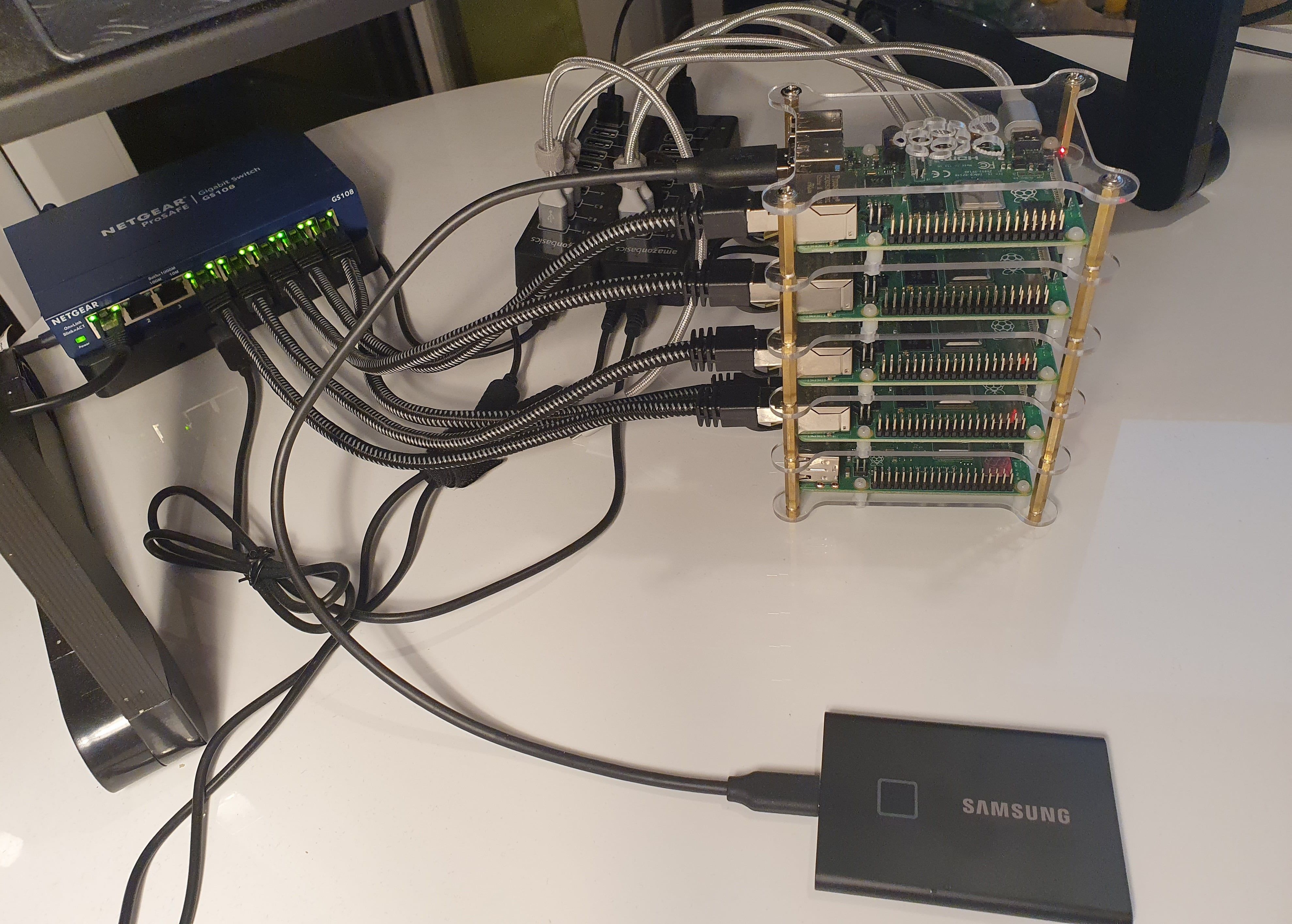Loading content...
Published on
Build your own Kubernetes Cluster with K3S

Creating your own kubernetes cluster on raspberry pi doesn't take much effort and it was a fun experience...
Published on

Creating your own kubernetes cluster on raspberry pi doesn't take much effort and it was a fun experience...